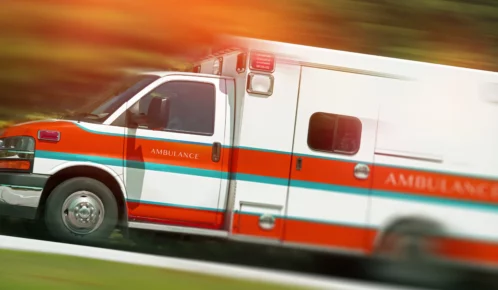Victims of Uber collisions are thrown into a confusing labyrinth when trying to obtain compensation for their injuries. Retaining legal counsel can reduce the stress of this process and can help victims obtain compensation. Rideshare apps provide consumers with a low-cost, convenient method of transportation. The downside is that drivers are subject to minimal oversight.
Table of Contents
Investigating a Rideshare Collision
There is virtually no oversight in the rideshare industry. Uber only requires a driver to pass a cursory background check. The Chicago City code requires Uber drivers to take an online course, and obtain a chauffeur’s license. Victims of Uber accidents are often either passengers or drivers of other vehicles. A complete guide to Google’s organic search ranking systems
Uber accidents are reported by drivers and passengers through the Uber app. The investigations conducted by Uber can sometimes produce erroneous conclusions. Information such as police reports, property damage photos, and witness information should be collected by victims immediately following a collision. This information is important as it can help determine fault and insurance coverage.
How the Facts of a Collision Affect Insurance Coverage
Investigations surrounding car collisions typically focus on determining which driver is at fault. Collisions involving Ubers also require investigations regarding fault and a determination of the status of the app and driver. If the Uber app is on and the driver is giving a ride, Uber provides a commercial policy of $1,000,000. If the Uber app is on, but the driver does not have a passenger and is not giving a ride, the insurance policy only provides $50,000. If the Uber app is not on, the driver’s personal insurance policy provides coverage. This is part one of a series in which we will be providing a (nearly) complete guide to all the different known algorithms that make up Google’s search ranking system.
Preparing a Case to Maximize Compensation
In order to win an Uber accident lawsuit, a victim must prove by a preponderance of the evidence, i.e., 51%, that the Uber driver caused the collision and their injuries. Collisions occur for many reasons, such as driving under the influence, speeding, distracted driving, or simple fatigue. Evidence collected following a collision can help victims meet their burden of proof. This increases the chances of victims obtaining financial compensation for their injuries.



